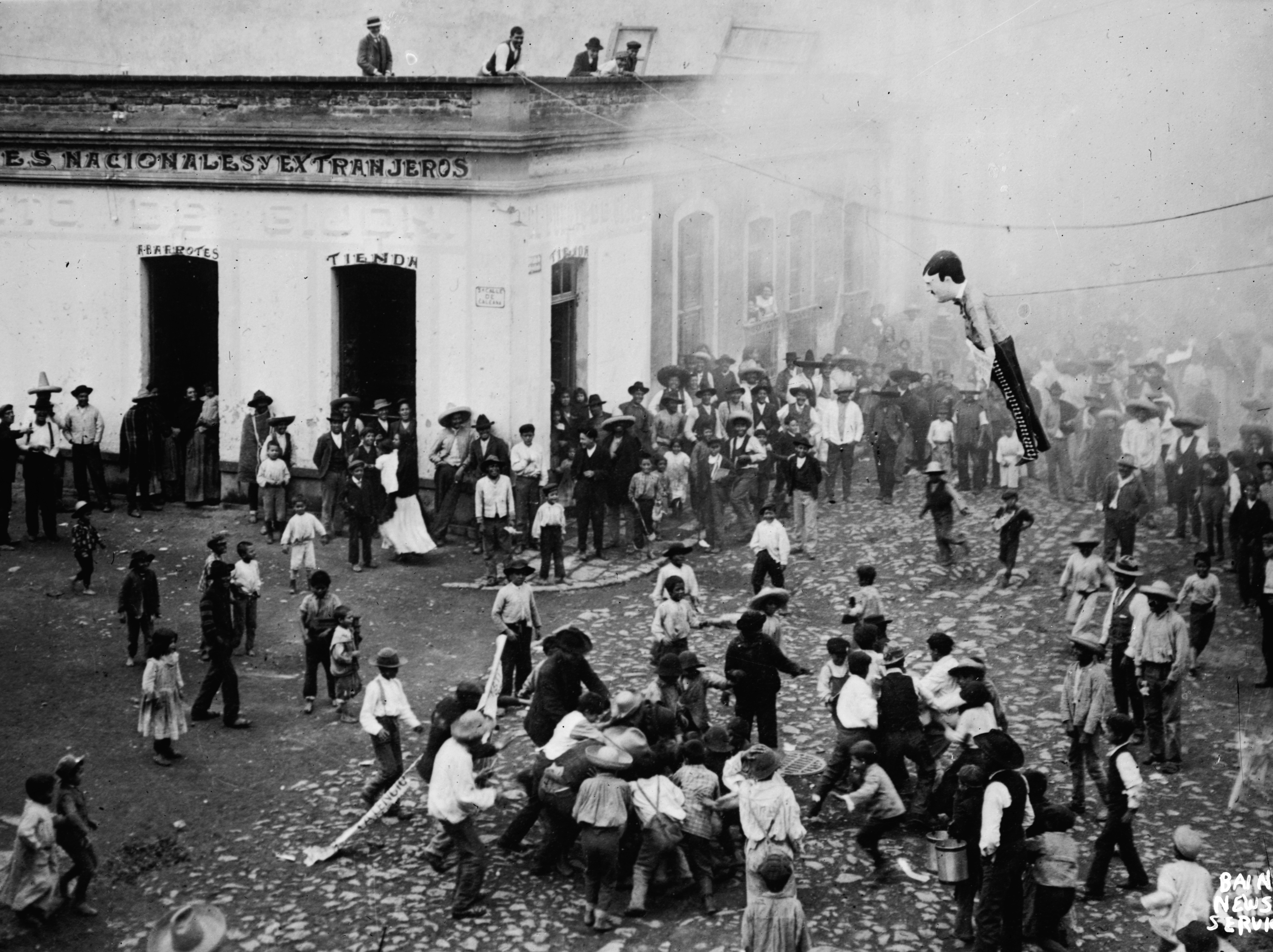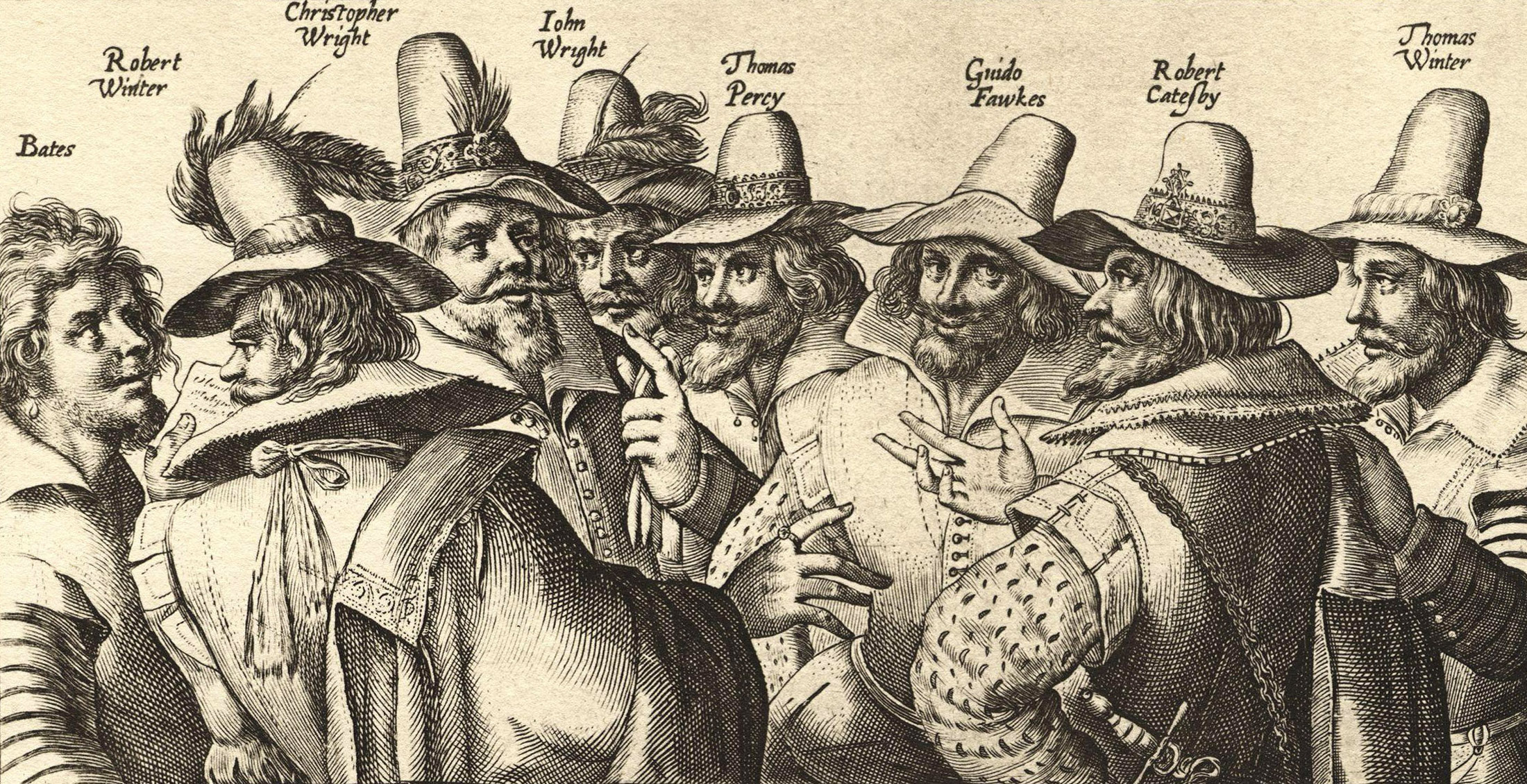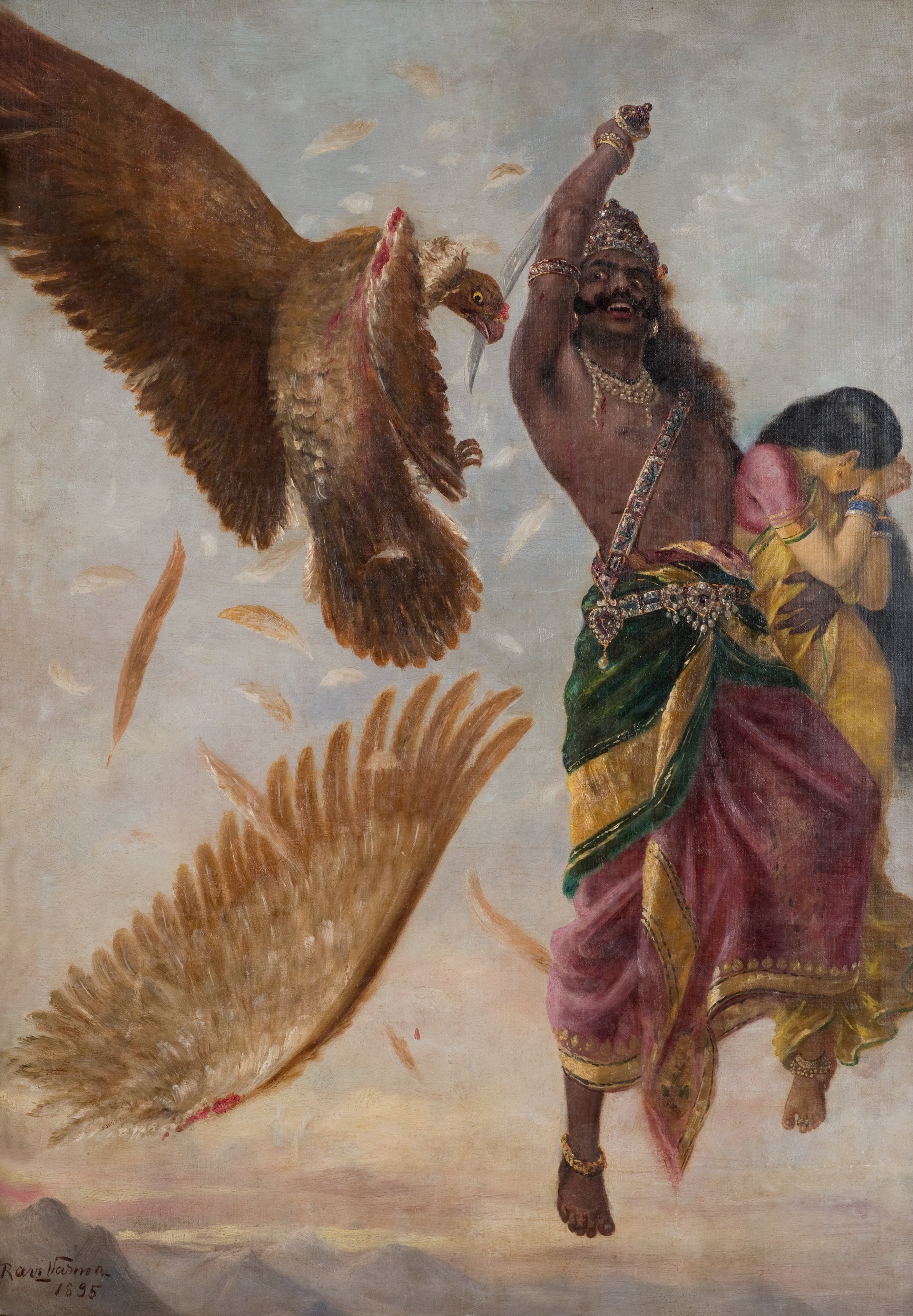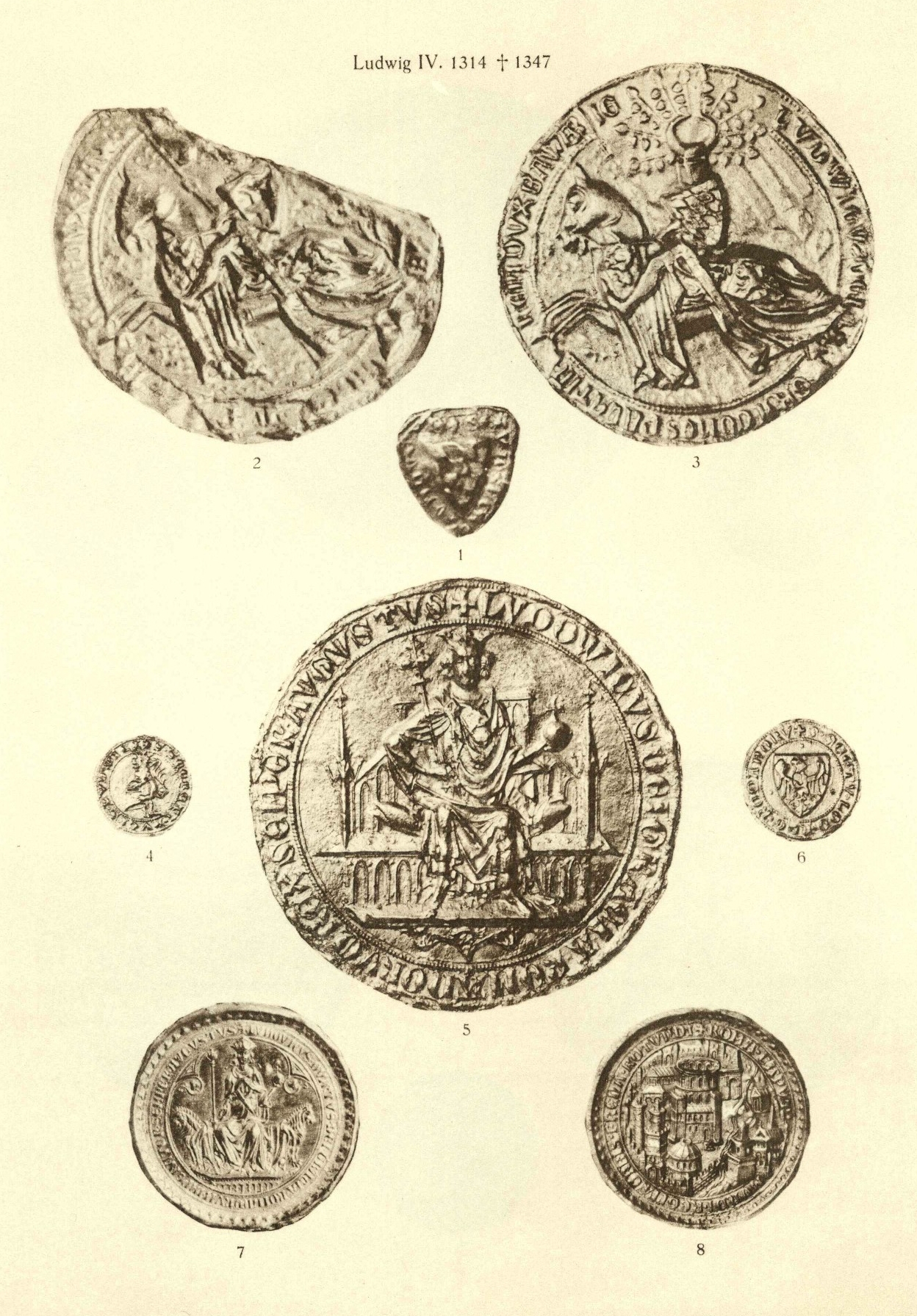|
Effigy
An effigy is a sculptural representation, often life-size, of a specific person or a prototypical figure. The term is mostly used for the makeshift dummies used for symbolic punishment in political protests and for the figures burned in certain traditions around New Year, Carnival and Easter. In European cultures, effigies were used in the past for punishment in formal justice when the perpetrator could not be apprehended, and in popular justice practices of social shaming and exclusion. Additionally, "effigy" is used for certain traditional forms of sculpture, namely tomb effigies, funeral effigies and coin effigies. There is a large overlap and exchange between the ephemeral forms of effigies. Traditional holiday effigies are often politically charged, for instance, when the generalised figures Año Viejo (the Old Year) or Judas in Latin America are substituted by the effigy of a despised politician. Traditional forms are also borrowed for political protests. In India, for i ... [...More Info...] [...Related Items...] OR: [Wikipedia] [Google] [Baidu] |
Tomb Effigy
A tomb effigy (French language, French: ''gisant'' ("lying")) is a sculpted effigy of a deceased person usually shown lying recumbent on a rectangular slab, presented in full ceremonial dress or wrapped in a shroud, and shown either dying or shortly after death. Such Funerary art, funerary and commemorative reliefs were first developed in Ancient Egyptian and Etruscan civilization, Etruscan cultures, and appear most frequently in Western European tombs from the late 11th century, in a style that continued in use through the Renaissance and early modern period, and is still sometimes used. They typically represent the deceased in a state of "eternal repose", with hands folded in prayer, lying on a pillow, awaiting resurrection. A husband and wife may be depicted lying side by side. Medieval life-size recumbent effigies were first used for tombs of royalty and senior clerics, before spreading to the nobility. A particular type of late medieval effigy was the ''transi'', or cadaver ... [...More Info...] [...Related Items...] OR: [Wikipedia] [Google] [Baidu] |
Guy Fawkes Night
Guy Fawkes Night, also known as Guy Fawkes Day, Bonfire Night and Fireworks Night, is an annual commemoration list of minor secular observances#November, observed on 5 November, primarily in Great Britain, involving bonfires and fireworks displays. Its history begins with the events of 5 November 1605 Old Style and New Style dates, O.S., when Guy Fawkes, a member of the Gunpowder Plot, was arrested while guarding explosives the plotters had placed beneath the House of Lords. The Catholic Church in England and Wales, Catholic plotters had intended to assassinate English Reformation, Protestant king James VI and I, James I and his parliament. Celebrating that the king had survived, people lit bonfires around London. Months later, the Observance of 5th November Act 1605, Observance of 5th November Act mandated an annual public day of thanksgiving for the plot's failure. Within a few decades Gunpowder Treason Day, as it was known, became the predominant English state co ... [...More Info...] [...Related Items...] OR: [Wikipedia] [Google] [Baidu] |
Burning Of Judas
The burning of Judas is an Easter-time ritual that originated in European Christians, Christian communities where an effigy of Judas Iscariot is burned. Other related mistreatment of Judas effigies include hanging, flogging, and exploding with fireworks. Though not an official part of the Easter liturgical cycle, the custom is typically a part of the reenactment of the story of the Passion (Christianity), Passion that is practiced by the faithful during Easter. Customs vary, but the effigy of Judas is typically hanged (reenacting ) on Good Friday, then burned on the night of Easter Sunday. In many parts of Latin America this practice occurs on the eve of the New Year as a symbol of ridding one's self of evil and beginning a new year in spiritual purity. Some communities observe this ritual using various effigies, including the biblical Judas (who betrayed Jesus). This custom, during which the effigy is burned on a stake, is called "Quema del Judas" ("the burning of Judas") in U ... [...More Info...] [...Related Items...] OR: [Wikipedia] [Google] [Baidu] |
1765 Stamp Act
The Stamp Act 1765, also known as the Duties in American Colonies Act 1765 ( 5 Geo. 3. c. 12), was an act of the Parliament of Great Britain which imposed a direct tax on the British colonies in America and required that many printed materials in the colonies be produced on stamped paper from London which included an embossed revenue stamp. Printed materials included legal documents, magazines, playing cards, newspapers, and many other types of paper used throughout the colonies, and it had to be paid in British currency, not in colonial paper money. The purpose of the tax was to pay for British military troops stationed in the American colonies after the French and Indian War, but the colonists had never feared a French invasion to begin with, and they contended that they had already paid their share of the war expenses. Colonists suggested that it was actually a matter of British patronage to surplus British officers and career soldiers who should be paid by London. Th ... [...More Info...] [...Related Items...] OR: [Wikipedia] [Google] [Baidu] |
Guy Fawkes
Guy Fawkes (; 13 April 1570 – 31 January 1606), also known as Guido Fawkes while fighting for the Spanish, was a member of a group of provincial English Catholics involved in the failed Gunpowder Plot of 1605. He was born and educated in York; his father died when Fawkes was eight years old, after which his mother married a recusant Catholic. Fawkes converted to Catholicism and left for mainland Europe, where he fought for Catholic Spain in the Eighty Years' War against Protestant Dutch reformers in the Low Countries. He travelled to Spain to seek support for a Catholic rebellion in England without success. He later met Thomas Wintour, with whom he returned to England. Wintour introduced him to Robert Catesby, who planned to assassinate and restore a Catholic monarch to the throne. The plotters leased an undercroft beneath the House of Lords; Fawkes was placed in charge of the gunpowder that they stockpiled there. The authorities were prompted by an anonymous let ... [...More Info...] [...Related Items...] OR: [Wikipedia] [Google] [Baidu] |
Shakespeare
William Shakespeare ( 23 April 1564 – 23 April 1616) was an English playwright, poet and actor. He is widely regarded as the greatest writer in the English language and the world's pre-eminent dramatist. He is often called England's national poet and the " Bard of Avon" or simply "the Bard". His extant works, including collaborations, consist of some 39 plays, 154 sonnets, three long narrative poems and a few other verses, some of uncertain authorship. His plays have been translated into every major living language and are performed more often than those of any other playwright. Shakespeare remains arguably the most influential writer in the English language, and his works continue to be studied and reinterpreted. Shakespeare was born and raised in Stratford-upon-Avon, Warwickshire. At the age of 18, he married Anne Hathaway, with whom he had three children: Susanna, and twins Hamnet and Judith. Sometime between 1585 and 1592 he began a successful career in Lon ... [...More Info...] [...Related Items...] OR: [Wikipedia] [Google] [Baidu] |
Ravana
According to the Mahakavya, Hindu epic, ''Ramayana'', Ravana was a kingJustin W. Henry, ''Ravana's Kingdom: The Ramayana and Sri Lankan History from Below'', Oxford University Press, p.3 of the island of Lanka, in which he is the chief antagonist and is considered to be a Rakshasa (demon). In the ''Ramayana'', Ravana is described as the eldest son of sage Vishrava and Kaikesi, Kaikasi. He abducted Rama's wife, Sita, and took her to his kingdom of Lanka, where he held her in the Ashok Vatika, Ashoka Vatika. Rama, with the support of vanara King Sugriva and his army of vanaras, launched a rescue operation for Sita against Ravana in Lanka. Ravana was subsequently slain, and Rama rescued his beloved wife Sita. Ravana was well-versed in the six shastras and the four Vedas, including the Shiva Tandava Stotra. Ravana is also considered to be the most revered devotee of Shiva. Images of Ravana are often seen associated with Shiva at temples. He also appears in the Buddhist Mahayana t ... [...More Info...] [...Related Items...] OR: [Wikipedia] [Google] [Baidu] |
Ramlila
Ramlila or Ramleela (; literally 'Rama's lila or play') is any dramatic folk re-enactment of the life of Rama according to the ancient Hindu epic ''Ramayana'' or secondary literature based on it such as the '' Ramcharitmanas''. It particularly refers to the thousands of the Hindu god Rama-related dramatic plays and dance events, that are staged during the annual autumn festival of Navaratri in India. After the enactment of the legendary war between good and evil, the Ramlila celebrations climax in the Vijayadashami (Dussehra) night festivities where the giant grotesque effigies of evil such as of the rakshasa (demon) Ravana are burnt, typically with fireworks.Ramlila, the traditional performance of the Ramayana UNESCO [...More Info...] [...Related Items...] OR: [Wikipedia] [Google] [Baidu] |
Ravana Fizzles
According to the Hindu epic, ''Ramayana'', Ravana was a kingJustin W. Henry, ''Ravana's Kingdom: The Ramayana and Sri Lankan History from Below'', Oxford University Press, p.3 of the island of Lanka, in which he is the chief antagonist and is considered to be a Rakshasa (demon). In the ''Ramayana'', Ravana is described as the eldest son of sage Vishrava and Kaikasi. He abducted Rama's wife, Sita, and took her to his kingdom of Lanka, where he held her in the Ashoka Vatika. Rama, with the support of vanara King Sugriva and his army of vanaras, launched a rescue operation for Sita against Ravana in Lanka. Ravana was subsequently slain, and Rama rescued his beloved wife Sita. Ravana was well-versed in the six shastras and the four Vedas, including the Shiva Tandava Stotra. Ravana is also considered to be the most revered devotee of Shiva. Images of Ravana are often seen associated with Shiva at temples. He also appears in the Buddhist Mahayana text Laṅkāvatāra Sūtra, in ... [...More Info...] [...Related Items...] OR: [Wikipedia] [Google] [Baidu] |
Holy Roman Emperor Louis IV
Louis IV (; 1 April 1282 – 11 October 1347), called the Bavarian (, ), was King of the Romans from 1314, King of Italy from 1327, and Holy Roman Emperor from 1328 until his death in 1347. Louis' election as king of Germany in 1314 was controversial, as his Habsburg cousin Frederick the Fair was simultaneously elected king by a separate set of electors. Louis defeated Frederick in the Battle of Mühldorf in 1322, and the two eventually reconciled. Louis was opposed and excommunicated by the French Pope John XXII; Louis in turn attempted to depose the pope and install an anti-pope. Louis IV was Duke of Upper Bavaria from 1294 to 1301 together with his elder brother Rudolf I, was Margrave of Brandenburg until 1323, and Count Palatine of the Rhine until 1329, and became Duke of Lower Bavaria in 1340. He was the last Bavarian to be a king of Germany until 1742. He became Count of Hainaut, Holland, Zeeland, and Friesland in 1345 when his wife Margaret inherited those domains. ... [...More Info...] [...Related Items...] OR: [Wikipedia] [Google] [Baidu] |
Sussex Bonfire Societies
The Sussex Bonfire Societies are responsible for the series of bonfire festivals concentrated on central and eastern Sussex, with further festivals in parts of Surrey and Kent from September to November each year. The Lewes celebrations, by far the largest and most well-attended event, mark both Guy Fawkes Night and the burning of 17 Protestant martyrs in Lewes's High Street from 1555 to 1557, during the reign of Mary Tudor. Development The Sussex Bonfire tradition is a uniquely local form of protest with several influences under the motto We Burn For Good. Whereas Guy Fawkes night in most parts of Great Britain is traditionally commemorated at large public fireworks displays or small family bonfires, towns in Sussex and Kent hold huge gala events with fires, processions and festivals. The tradition has remained strong for more than a century becoming the highlight of the year for many towns and villages in the South East. The Bonfire Societies use the events to collect mo ... [...More Info...] [...Related Items...] OR: [Wikipedia] [Google] [Baidu] |
Lewes
Lewes () is the county town of East Sussex, England. The town is the administrative centre of the wider Lewes (district), district of the same name. It lies on the River Ouse, Sussex, River Ouse at the point where the river cuts through the South Downs. A traditional market town and centre of communications, in 1264 it was the site of the Battle of Lewes. The town's landmarks include Lewes Castle, Lewes Priory, Bull House (the former home of Thomas Paine), Southover Grange and public gardens, and a 16th-century timber-framed Wealden hall house known as Anne of Cleves House. Other notable features of the area include the Glyndebourne festival, the Lewes Bonfire celebrations and the Lewes Pound. Etymology The place-name "Lewes" is first attested in an Anglo-Saxon charter circa 961 AD, where it appears as ''Læwe''. It appears as ''Lewes'' in the Domesday Book of 1086. The addition of the suffix seems to have been part of a broader trend of Anglo-Normans, Anglo-Norman scribes plu ... [...More Info...] [...Related Items...] OR: [Wikipedia] [Google] [Baidu] |








